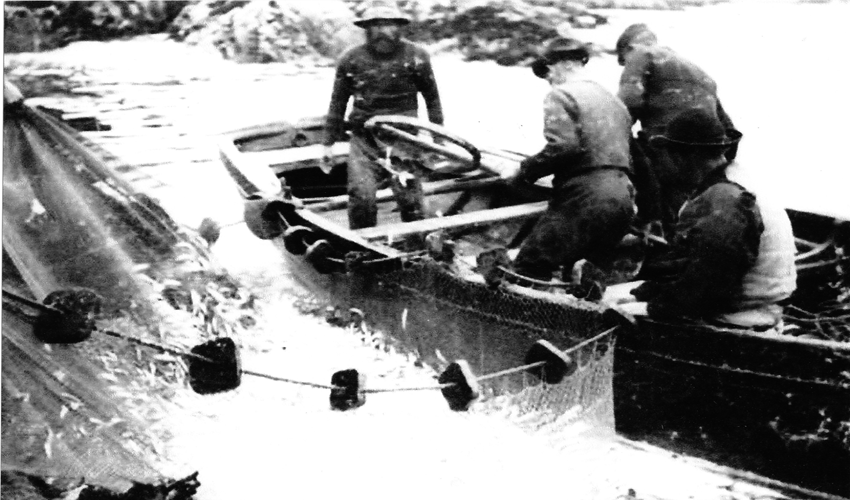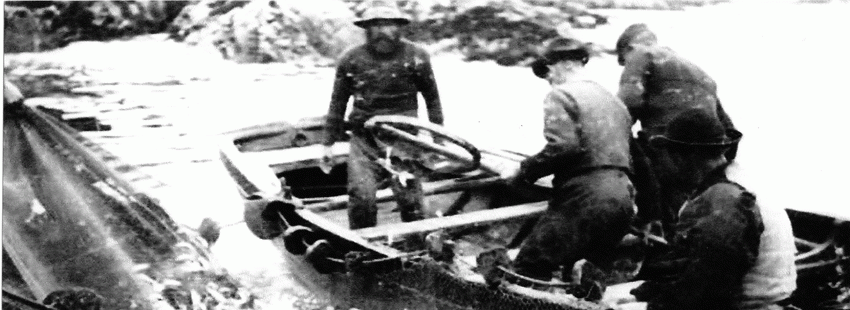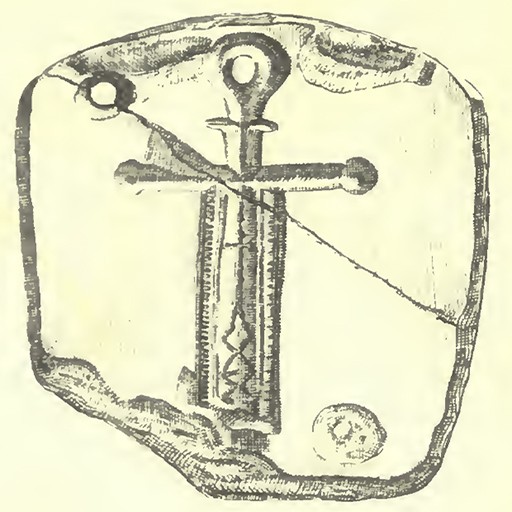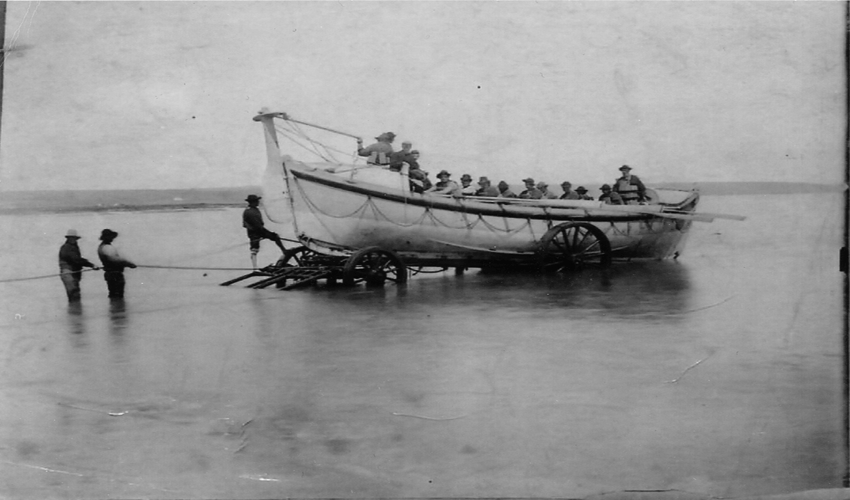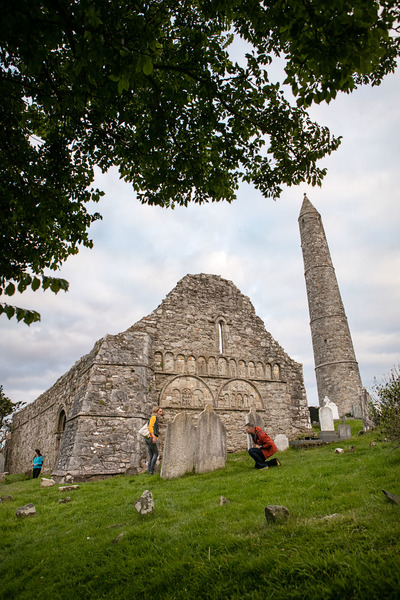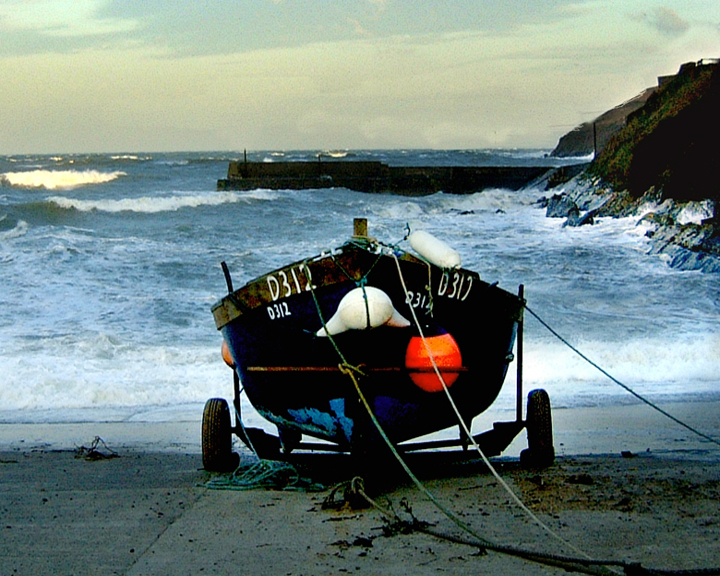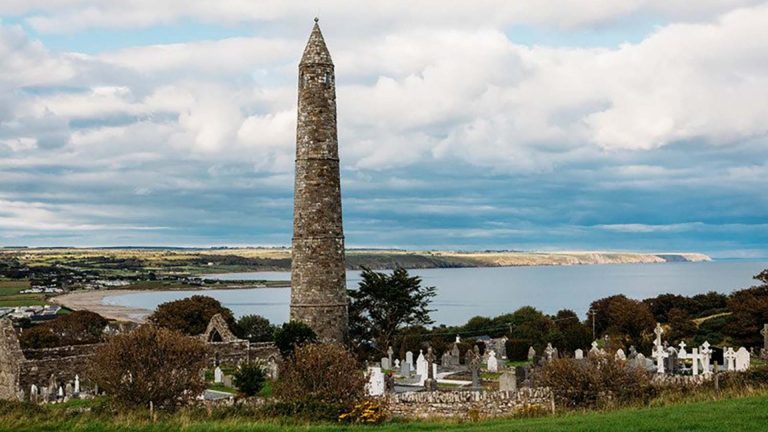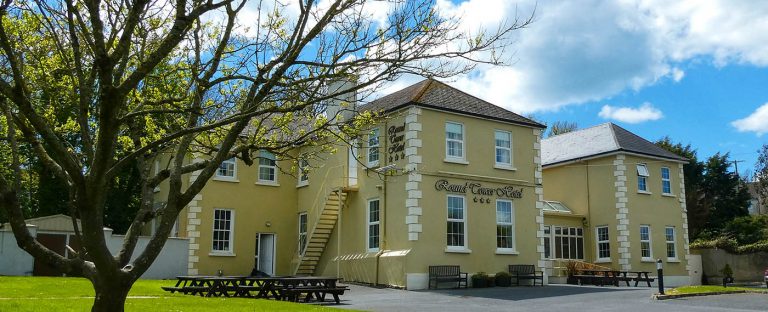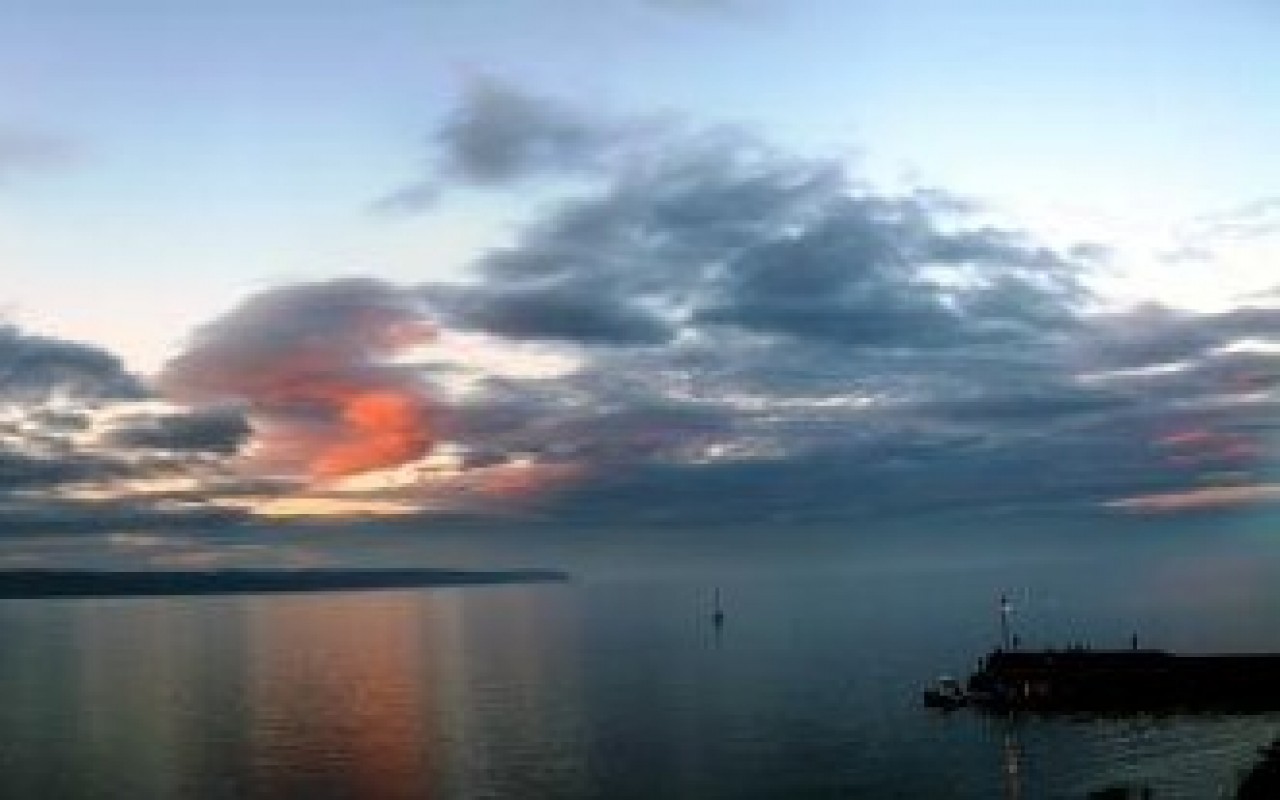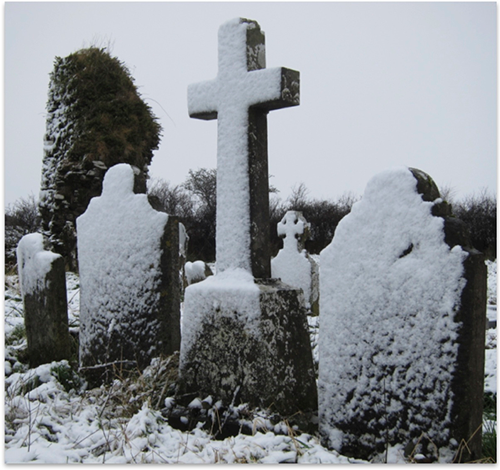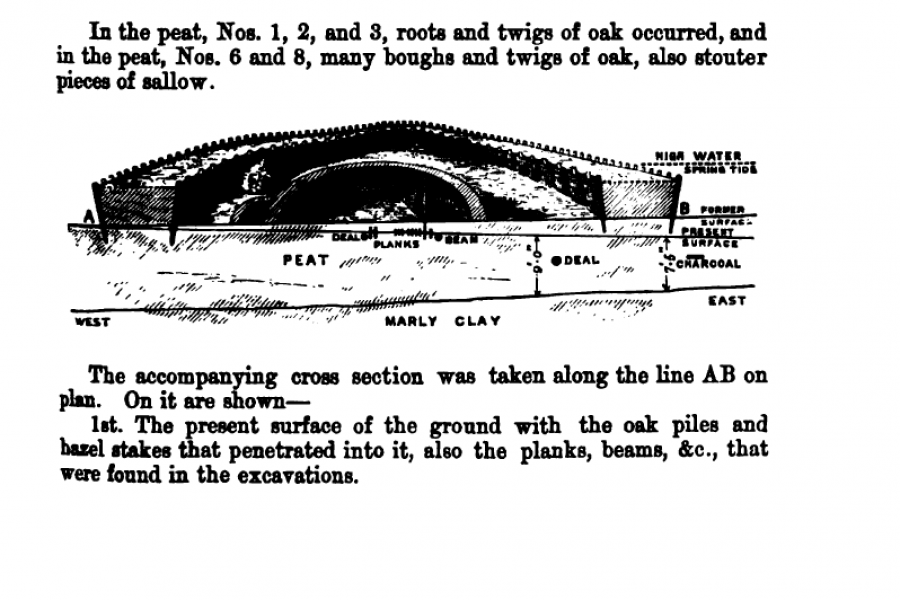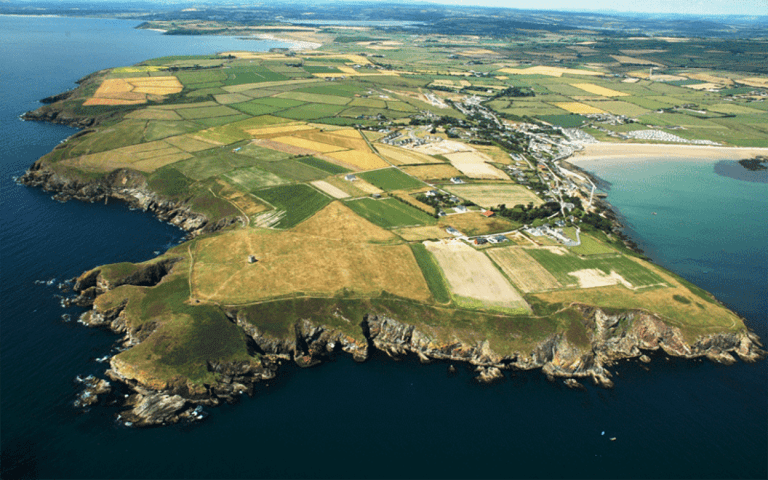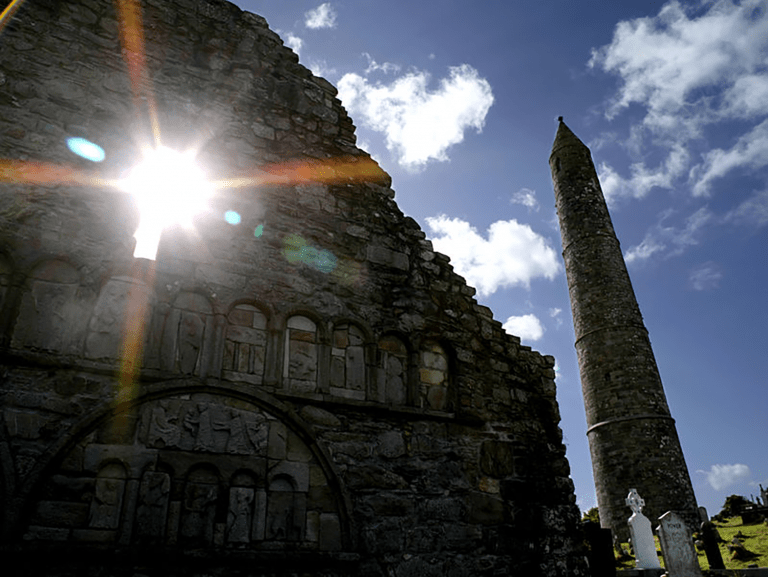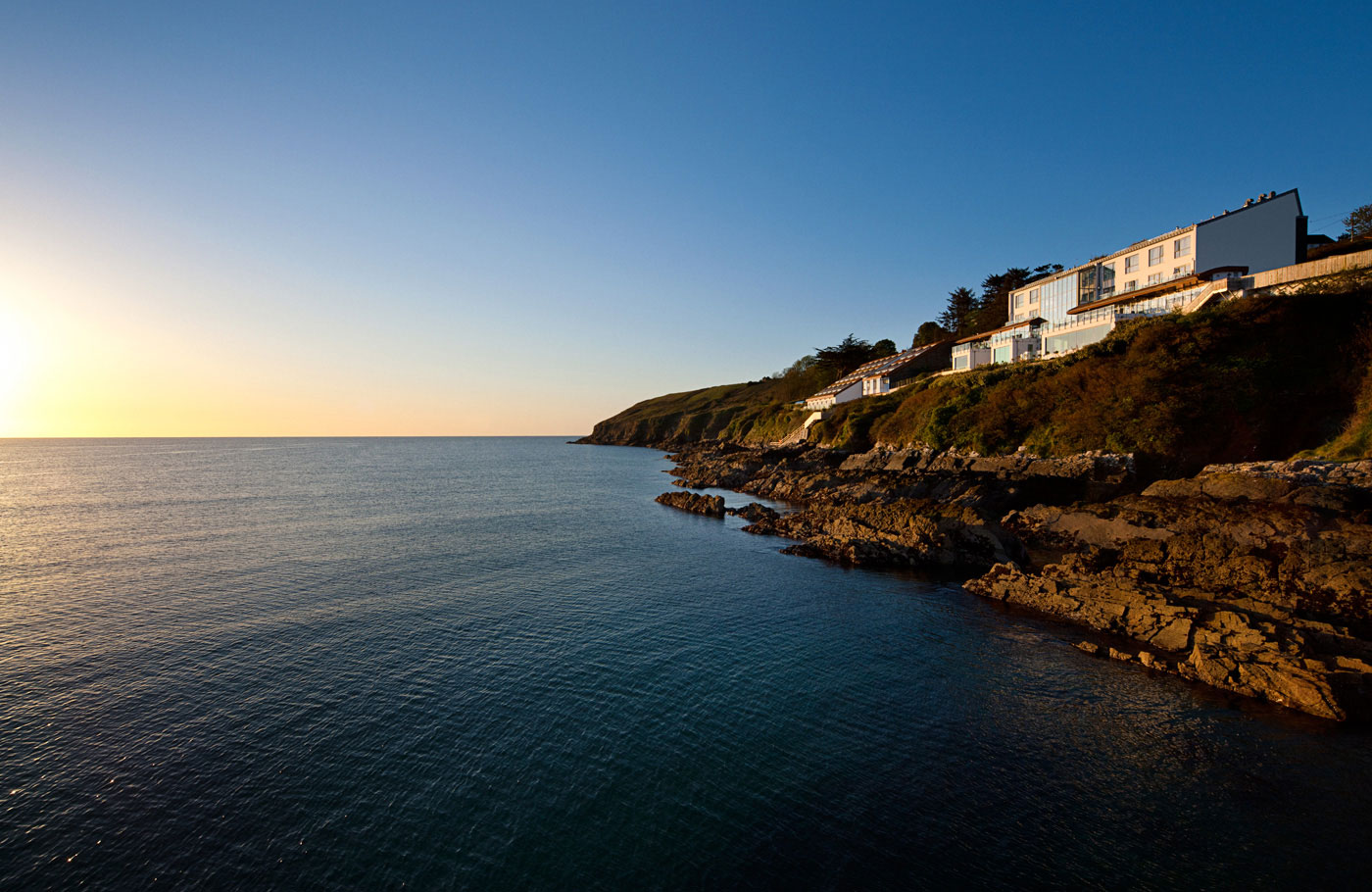In the mid-19th century, fishing was not just a livelihood but a way of life for the people of Ardmore, County Waterford. Circa 1845, the coastal village thrived on its rich maritime resources, with local fishermen relying on the sea for sustenance and community cohesion. The fishing practices of this era were deeply intertwined with the traditions and daily routines of Ardmore’s residents.
A Community Reliant on the Sea
A strong camaraderie among local fishermen characterized fishing in Ardmore during this period. The community worked together to cast their nets and haul in their catches, sharing the labor and the rewards. The primary focus was on catching sprats and herring, which were staples in the local diet and essential for trade.
Techniques and Tools
Fishermen employed various techniques to maximize their catch:
- Nets: Fishermen utilized nets designed explicitly for catching sprats, which were cast from boats or from the shore. The nets were often made of durable materials crafted to withstand the rigors of the sea.
- Long Line Fishing: This method involved using lines with multiple hooks, allowing fishermen to target different species effectively.
- Herring Fishing: Herring was typically caught at night; nets were set at dusk and retrieved at dawn to avoid detection by coastguard patrols.
The Impact of Weather
The fishing industry faced significant challenges due to unpredictable weather conditions. In 1845, severe weather hampered fishing activities, forcing many fishermen to remain ashore. Boats often fell into disrepair due to lack of maintenance and resources, leading to a decline in fishing opportunities. Many fishermen experienced economic hardship as a result, relying heavily on local markets for food.
Cultural Significance
Fishing was not merely an economic activity but a cultural cornerstone for Ardmore’s community. Local festivals celebrated the sea’s bounty, and tales of legendary catches were passed down through generations. The knowledge and skills associated with fishing were shared among families, creating a rich oral tradition that reinforced community bonds.
Conclusion
The fishing practices in Ardmore around 1845 paint a vivid picture of a community deeply connected to its maritime environment. Despite facing harsh weather and economic instability, the spirit of cooperation and resilience among local fishermen shone through. As you explore Ardmore today, take a moment to reflect on this vibrant history—a time when the sea not only provided sustenance but also shaped the identity of this charming coastal village. Whether casting nets or sharing stories by the shore, the legacy of Ardmore’s fishing heritage continues to resonate through time.
Citations:
[1] https://www.ardmorewaterford.com/fishing-in-ardmore/
[2] https://www.creativeireland.gov.ie/en/event/salmon-fishing-in-ardmore-co-waterford-a-local-history/
[3] https://www.waterfordmuseum.ie/exhibit/web/Display/article/330/20/Desperate_Haven__The_Famine_in_Dungarvan_The_Fishing_Industry_In_The_Dungarvan_Union.html
[4] https://www.waterfordmuseum.ie/exhibit/web/Display/article/369/Ardmore_Memory_and_Story__The_Sea.html
The Captivating Poetry Of Fishermen Pulling In Their Nets In Amazing Ardmore
Bring on warm summer memories of fishing on the pier, swimming in the boat cove, or just relaxing, staring out to sea from the storm wall.
Now transport yourself to a time when fishing shaped the lives of the people of Ardmore.
It was a time of comradery, hard work, and even beauty.
Experience how it felt when they cast their nets for spratts in Ardmore. Enjoy the fruits of this description of fishing in Ardmore Waterford circa 1845 and how it conjures up an image of fishermen working hard on the seas.
“Look over the sea; the boats are out fishing. How pretty those look on the horizon whose white sails have caught the sun! There go others rowing out with their nets heaped up in the stern. The snowy gulls are very busy, and very noisy, on the surface of the water; flying round and round, darting suddenly down with an enviabled, plomb, or, poised on seemingly unmoving pinions, they glide along as if by mere volition. That dark cormorant skimming along the sea looks quite ugly among them. At this little rocky cove below us, the fishermen are hauling in their nets, and their partners in the boat are rowing around it. The semi-circle of corks floats nearer and nearer to the shore; and those men are calling to each other, “Tarraing! tarraing! (i.e. ” Pull! pull!”) Here is the net full of sprats, — poor, pretty little fish! how they spring and struggle in it; you may hear the rushing sound they make. How exquisitely, sparklingly, silvery bright they are! And here run a legion of boys down the steep path, like goats, each with a landing-net, to pick up the sprats that fall from the large net while being emptied into the boat. This is a very uncertain bay for fish; sometimes nothing is taken for a long period, then for another while, there will be plenty, and in great variety. You may sometimes eat turbot here in high perfection, just caught, and boiled in seawater.”
